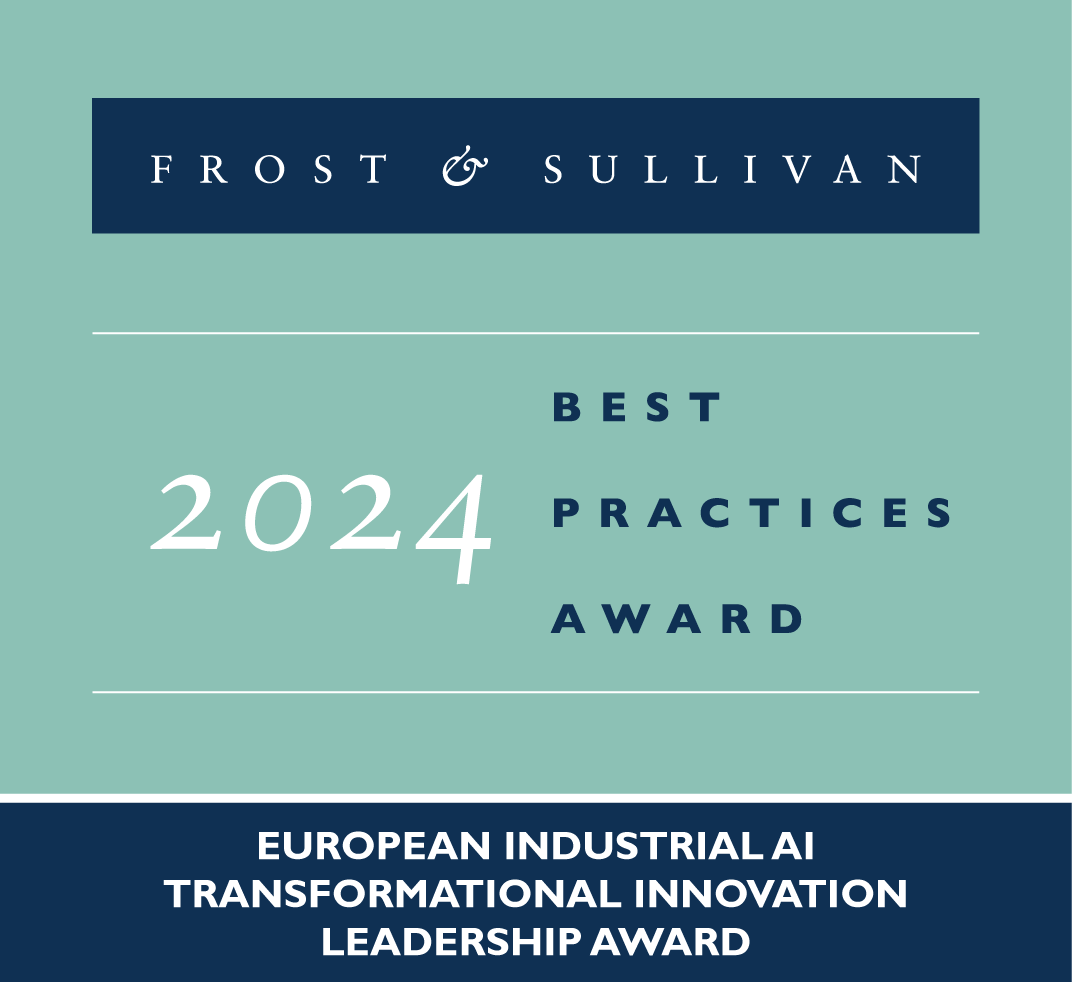Artificial intelligence (AI) is undeniably the technological force to reckon with in 2024. Businesses across sectors are aggressively integrating AI, into their core operations to drive innovation, efficiency, and competitive advantages. However, the gap between AI enthusiasm and effective implementation is increasing, given sub-optimal data infrastructure and inadequate computational power. To unlock the full potential of AI, organizations must address these challenges head-on by dismantling data silos and prioritizing security/compliance across all IT systems. Consequently, hybrid- and multi-cloud architectures are gaining prominence for effectively distributing workloads across on-premises, cloud, and edge environments, thereby helping organizations optimize resource utilization, enhance data accessibility, and acquire the flexibility/scalability that AI applications demand.
Frost & Sullivan’s recent Cloud Think Tank delved into the realm of Technology Strategies in the Global Cloud Industry: Is Your Hybrid Infrastructure Ready for the Artificial Intelligence Tsunami? This engaging discussion highlighted key technology strategies, infrastructure frameworks, platforms, and best practices that guarantee successful AI implementation.
Here, the following growth experts collaborated to share their views on hybrid IT, transformative megatrends, and new business models revolutionizing the future of ICT: Jim Liddle, Chief Innovation Officer, Data Intelligence and AI at Nasuni; Dave Shacochis, VP, Managed and Professional Services at Lumen; Jim Rice, Director at CDW Advisory Services; Lynda Stadtmueller, Associate Partner, ICT Practice Leader and Growth Expert at Frost & Sullivan; and Karyn Price, Industry Principal and Growth Expert, ICT at Frost & Sullivan.
Gain valuable perspectives from these experts by clicking here to access the recorded session of this Think Tank.
- Accelerating Digital Transformation: Organizations are increasingly leveraging edge computing to reduce latency for AI applications. This is necessitating continuous technology upgrades and business model innovation to effectively analyze data across multiple formats, sources, and locations. Consequently, dynamic and flexible edge-to-cloud architectures find themselves well positioned to integrate different data/applications/platforms and maximize value creation through real-time processing – What applications drive the need for edge-to-cloud infrastructure and which best practices will help enterprises better manage their edge environments?
- Embracing Hybrid Cloud Management Platforms: Hybrid- and multi-cloud environments introduce additional complexity in terms of identity management, access controls, network monitoring, compliance management, security, and cost optimization. As a result, providers feel the pressure to offer consistent visibility and control of resources across cloud, edge, and data center infrastructures. This is positioning AI and AIOps as crucial enablers of automation that can help enterprises recommend or automatically enact necessary changes – Which growth processes and frameworks will help your leadership team overcome challenges associated with multi-cloud configurations?
- Building an AI-Centric Business: Different industries are at different levels of maturity with AI because of the differences in the value propositions that it brings. Verticals like financial services, healthcare and pharmaceuticals, customer contact, mobility, and security demonstrate higher levels of technology readiness. Now, hyperscalers emerge as key pillars of this evolving ecosystem, to deliver the infrastructure that undergirds AI and composable enterprises – How can businesses measure the success of their hybrid cloud in terms of AI readiness and performance?
- Navigating the Challenges of Implementing a Fully Mature AI Strategy: With 41% of customers struggling with data privacy, governance, and cybersecurity, businesses face challenges in effectively managing data at scale. As a result, enterprises are striving to replace inadequate legacy security solutions with cloud workload protection platforms (CWPPs), cloud-native application protection platforms (CNAPPs), and cloud security posture management (CSPM) – Are your teams equipped to streamline security operations and compliance initiatives in hybrid cloud environments?
- Fostering Future-Proof Infrastructure Strategies: Building future-proof IT infrastructure requires a holistic approach that factors in high-performance computing resources to handle complex calculations and model training; salable and flexible storage systems; high-speed, low-latency networks; efficient data preparation and management; robust security platforms to protect sensitive data; and AI orchestration software to automate workflows – What strategic partnerships should you prioritize to overcome the limitations of your current IT, storage, and network configurations?
To know more about emerging growth opportunities in cloud technologies, click here.
To uncover customer perspectives on cloud investment plans, click here.
“Organizations are pouring significant budget into AI, including creating private large language models, accelerating data collection, and adopting generative AI solutions. However, unless they also fortify the underlying network, storage, and IT infrastructure, their investments will be in vain.” – Lynda Stadtmueller, Associate Partner, ICT Practice Leader, and Growth Expert at Frost & Sullivan.
“Hybrid cloud environments combine public and private resources. While orchestrating these, users often face challenges in visibility, control, security, and compliance. Further, managing diverse workloads and keeping pace with new technologies like AI remain significant hurdles for organizations on their digital transformation journeys.” – Karyn Price, Industry Principal and Growth Expert, ICT at Frost & Sullivan.






